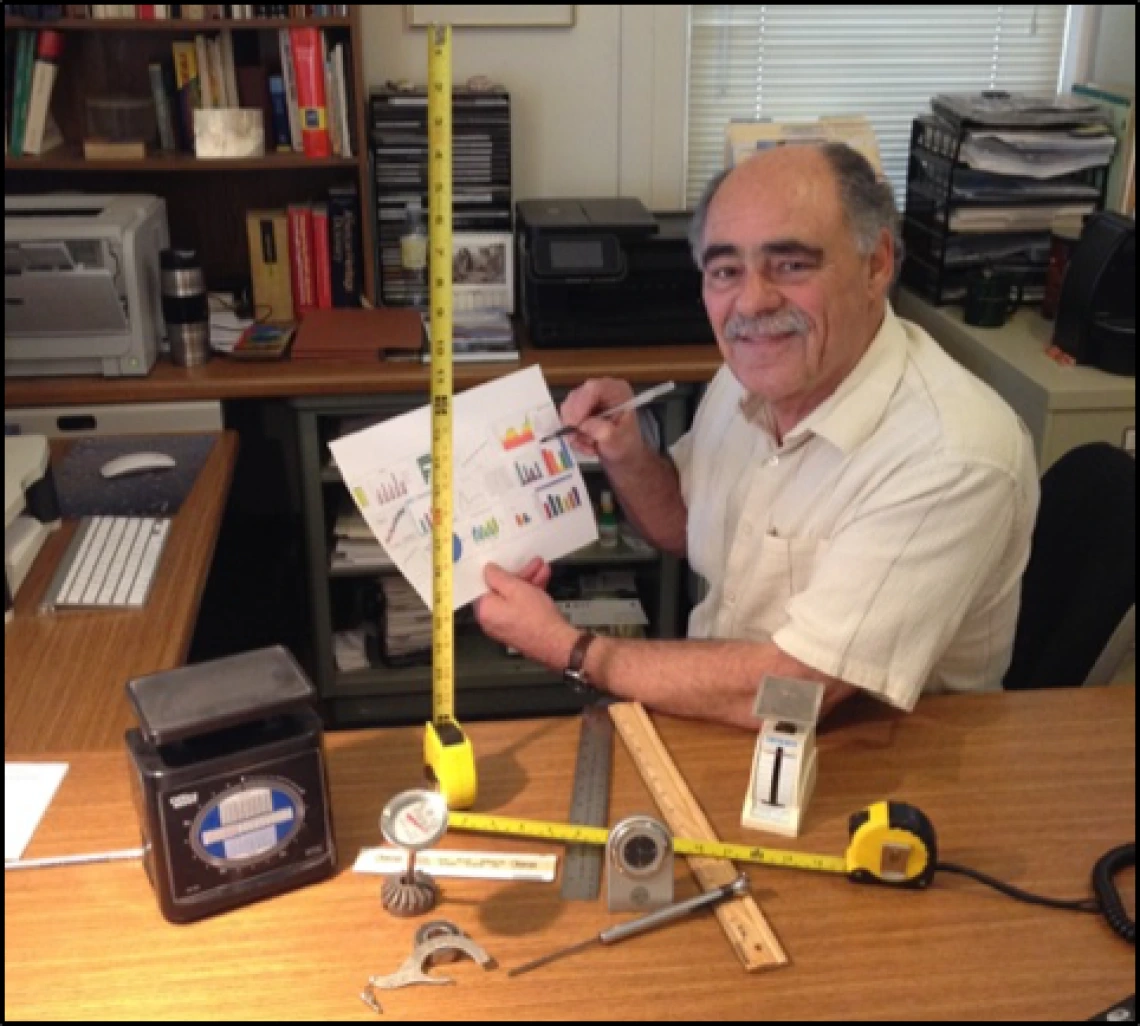How are water security and adaptive capacity measured? UA researchers produce special issue of "Current Opinion in Environmental Sustainability"

Back in 2014, a team of UA researchers organized a workshop titled “Metrics and Measurement of Adaptation: Advances in Water Research in the Arid Americas,” held at the University of Arizona’s Udall Center for Studies in Public Policy – all under the auspices of the AQUASEC Center of Excellence for Water Security.
Two years later, a deliverable of this workshop includes a set of 14 articles that comprise a special issue in the high-impact journal Current Opinion in Environmental Sustainability. The special issue was edited byGregg Garfin (Deputy Director for Science Translation and Outreach at the Institute of the Environment and an Associate Professor at the School of Natural Resources and the Environment, and a Udall Center affiliated faculty), Margaret Wilder (Associate Professor in the School of Geography and Development and Center for Latin American Studies, and a Udall Center affiliated faculty), and Robert Merideth (Senior Research Associate at the Udall Center and with the López-Hoffman Lab).
Water security and adaptive capacity of water management institutions are considered key to improving water resources use and management worldwide, yet these concepts are difficult to measure and compare across different contexts. The special issue examines progress in developing and applying metrics. Researchers, practitioners, and other readers can find the current state of knowledge of what it entails to measure water security and adaptive capacity in a range of case studies from around the world.
The articles are:
- Metrics: moving beyond the adaptation information gap by Wilder M.
- Adaptive management and water security in a global context: definitions, concepts, and examples by Varady RG, Zuniga-Teran AA, Garfin GM, Martín F, and Vicuña S.
- Towards joint consideration of adaptive capacity and water security: lessons from the arid Americas.. Kirchhoff C, Lara-Valencia F, Brugger J, Mussetta P, and Pineda-Pablos N.
- The nexus: reconsidering environmental security and adaptive capacity by de Grenade R, Scott C, House Peters L, Thapa B, Mills-Novoa M, Gerlak A, and Verbist K.
- Advancing metrics: models for understanding adaptive capacity and water security by Lemos MC, Manuel-Navarrete D, Willems B, Diaz Caravantes R, and Varady RG.
- Conceptualizing urban water security in an urbanizing world by Romero-Lankao P, and Gnatz DM.
- Towards characterizing the adaptive capacity of farmer-managed irrigation systems: learnings from Nepal by Thapa B, Scott CA, Wester P, and Varady RG.
- Developing and applying water security metrics in China: experience and challenges by Sun F, Staddon C, and Chen M.
- Assessing and measuring adaptive capacity: the experiences of African countries in developing meaningful metrics for water management by Nkhata B, and Breen C.
- Paradise lost? The difficulties in defining and monitoring Integrated Water Resources Management Indicators by Petit O.
- Drought plans: a proxy measurement of public water supply security in England by Cook C.
- Institutional attributes for adaptive capacity in federal rivers: moving from principles to indicators by Garrick DE and De Stefano L.
- Metrics of water security, adaptive capacity, and agroforestry in Indonesia by van Noordwijk M, Kim Y-S, Leimona B, Hairiah K, and Fisher LA.
- Metrics for assessing adaptive capacity and water security: Common challenges, diverging contexts, emerging consensus by Garfin GM, Scott CA, Wilder M, Varady RG, and Merideth R.
The workshop was the capstone of a NOAA-funded called “Managing Demand and Rethinking Supply,” for which Margaret Wilder was the Principal Investigator, and Gregg Garfin and Robert Varady were co-Principal Investigators. The workshop and special issue were supported by the Inter-American Institute for Global Change Research, and Lloyd’s Register Foundation International Water Security Network, Climate Assessment for the Southwest of the UA Institute of the Environment, National Oceanic and Atmospheric Administration (NOAA), and the Himalayan Adaptation, Water and Resilience (HI-AWARE) consortium led by the International Centre for Integrated Mountain Development.

